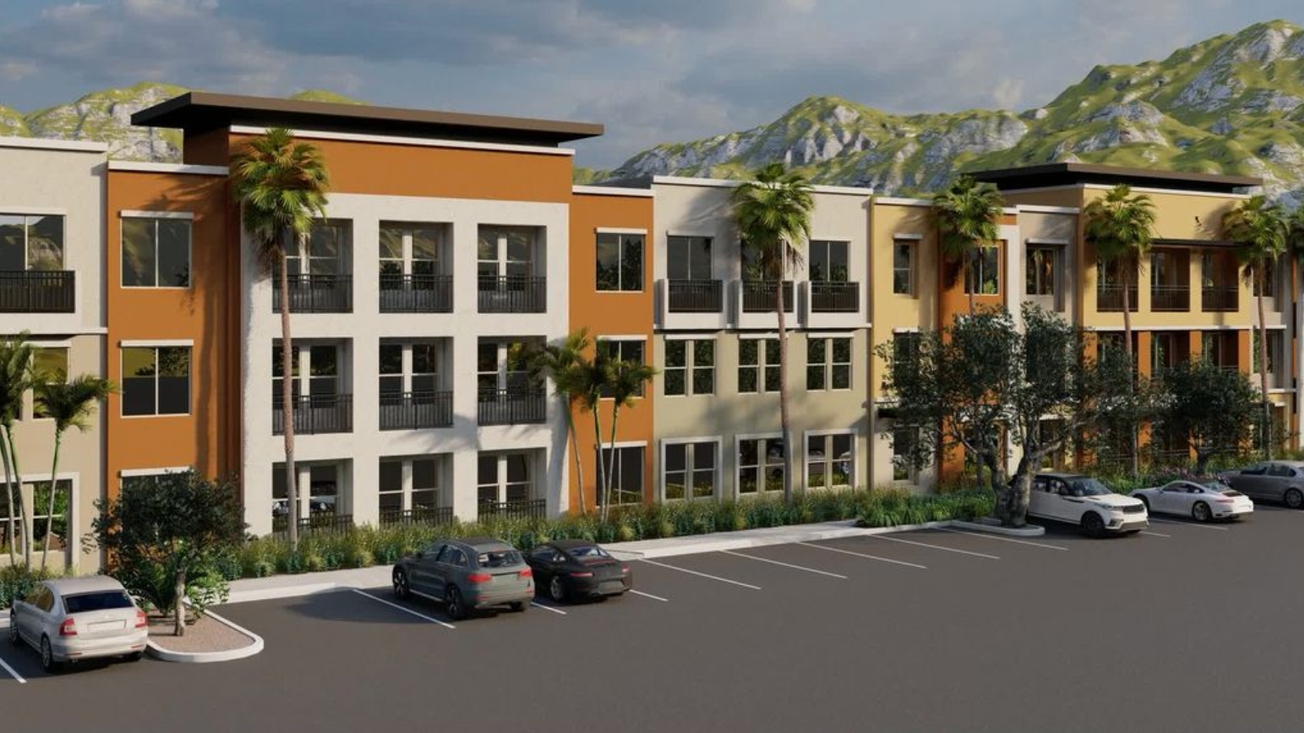Taylor Arnett is the First Vice President of Acquisitions at CapRock Partners, a privately owned industrial real estate investment and development firm in the Western and Central United States. With approximately $2.7 billion of assets under management or advisement as of December 31, 2022, the company specializes in acquiring middle-market value-add industrial assets, developing large-scale institutional-quality Class A industrial warehouse facilities in key locations, and providing third-party asset management services for institutional investors. Since inception in 2009, its total investment and development pipeline exceeds 30 million square feet of industrial real estate.
Taylor Arnett joined CapRock Partners in Spring 2014. As first vice president of acquisitions, he leads the firm’s acquisitions in the Southern California, Nevada, and Utah industrial markets. He is responsible for sourcing new acquisitions, debt, equity, completing due diligence, underwriting, and formulating the business plan for each asset.
1) The industrial market in Las Vegas has been very active in recent years. Over 80% of the land in Nevada is federally owned. How will the lack of private land in the greater Las Vegas area impact future industrial development locally?
Southern Nevada is an important distribution hub west of Southern California’s port markets and a critical link in the U.S. logistics supply chain. As businesses continue to expand their operations and establish new locations in the Las Vegas MSA, developers are working to deliver the new, modern and efficient industrial warehouse space tenants require.
Greater Las Vegas’ limited supply of private land that is available for new development adds challenges for developers and drives up land costs, affecting development and investment strategies.
To keep up with demand for new largescale Class A ground-up construction projects, developers are pursuing opportunities further outside of Las Vegas’ central, infill industrial submarkets such as Apex to the north, El Dorado Valley to the east, and Sloan, Jean, and Primm to the south. These areas offer larger parcels of developable raw land at lower price points than in the central submarkets.
Industrial builders are also executing alternative development strategies such as redevelopment and adaptive reuse. With a more creative approach, they can revitalize underutilized areas and transform older existing properties in prime infill locations that are increasingly becoming functionally obsolete in the new era of advanced logistics and distribution.
Overall, the lack of land in Southern Nevada will keep a lid on new supply of ground-up development in central areas, and as long as the industrial demand continues to be strong, rents will continue to rise. This supply/demand dynamic is one of the primary reasons CapRock is focused on this region and is active in Southern Nevada for new development.
2) The second waterline & sewer system is under construction at Apex. Can you please share any upcoming or ongoing industrial development projects that are happening at Apex?
There are several ongoing industrial development projects in Apex, encompassing a range of approaches. These include developer-driven speculative construction, land acquisitions for planned speculative development, large-scale master-planned industrial land improvement initiatives, corporate users purchasing sites for build-to-suit projects, and investor purchases with a focus on land banking.
Among the projects that have already been constructed and introduced to the market, numerous significant tenants have signed long-term leases in Apex. This positive development has bolstered confidence among developers and investors in the area. As the Apex industrial submarket continues to gain momentum, CapRock believes it will continue to attract more significant corporate users, and experience similar successful growth witnessed in the North Las Vegas Speedway Submarket in recent years.
3) The Southern Nevada Water Authority Board of Directors voted to pass a resolution supporting a moratorium on the installation and use of evaporative cooling systems in new commercial and industrial buildings in the Las Vegas Valley. How will the local industrial developers plan to include water-efficient cooling systems in future development, and will this impact your business decisions in building more projects in Las Vegas?
The resolution passed by SNWA in support of the moratorium on evaporative cooling systems in new commercial and industrial buildings exemplifies the Las Vegas Valley’s commitment and shift towards more water-efficient practices.
The evaporative cooler ban has been a hot topic in recent years, and now that new rules and timelines are in place, local industrial developers will adapt their future development plans to incorporate alternative cooling technologies. This could include air-cooled systems, closed-loop cooling systems, or other options. Water conservation measures can also be implemented through an industrial building’s design and construction with the installation of efficient plumbing fixtures and water recycling systems and incorporation of advanced water management techniques.
As long as tenant demand remains strong, developers will continue to purchase land and build on a speculative basis and underwrite the appropriate added costs of water-efficient cooling systems. It is yet to be determined how and who will bear the brunt of the extra costs and resources associated with this change in the long run.
Ultimately, while the evaporative cooling system moratorium may introduce some challenges for industrial developers in Las Vegas, it also presents an opportunity for companies to align with evolving environmental priorities and contribute to sustainable development in the region.









